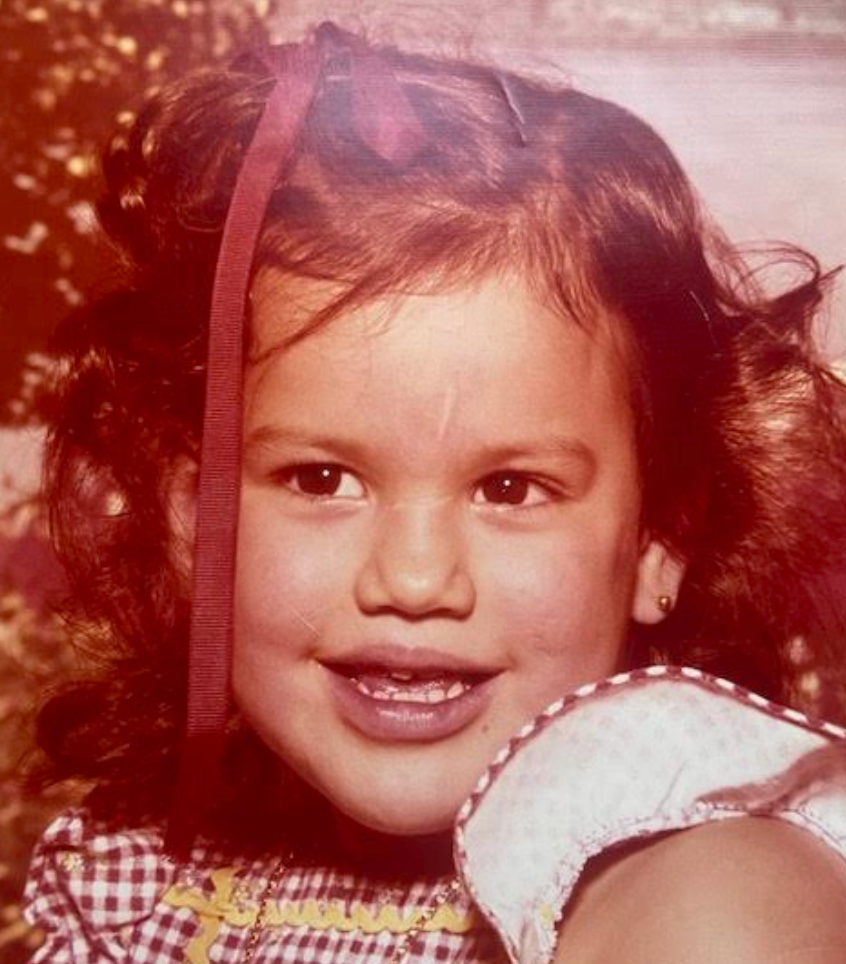
The harsh fluorescent lights of the gym made everything look worse, like they were designed specifically to point out every flaw. As I wiped sweat from my face after a brutal set of squats, I caught my reflection in the mirror. My hand moved automatically to my cheek, a habit I couldn’t seem to break even then. Leaning closer, I ran my finger along where the scars should have been more visible — those lines on my cheek, nose and forehead that I had traced so many times I could map them in my sleep. These marks I’d had since I was a baby were fading now, and barely visible against my skin. A familiar lump formed in my throat, the same one that always showed up whenever I thought about losing them.“You must be so happy,” people would say about the fading, their voices bright with assumed congratulations. The way they said it made my stomach twist. They didn’t understand. These weren’t just scars — they were proof of survival, a testament to a trauma I’d not only endured but transcended. Each mark was evidence of surviving my birth parents’ cruelty, a story I’d finally learned to own after years of wanting to hide it.What I was learning — what anyone facing unexpected change might recognise — was that transformation rarely feels the way we imagine it should. Sometimes I caught myself pressing harder when I touched my face, like I was trying to make sure my scars were still there, still real, still mine.I was only 18 months old when I entered foster care, too young to remember the neglect and abuse that left me with my scars. Their exact cause was a mystery — perhaps cuts, scratches or intentional harm — but they, along with malnourishment and broken bones, were the visible reminders of what landed me in the system and led to my adoption.&l
Full Story